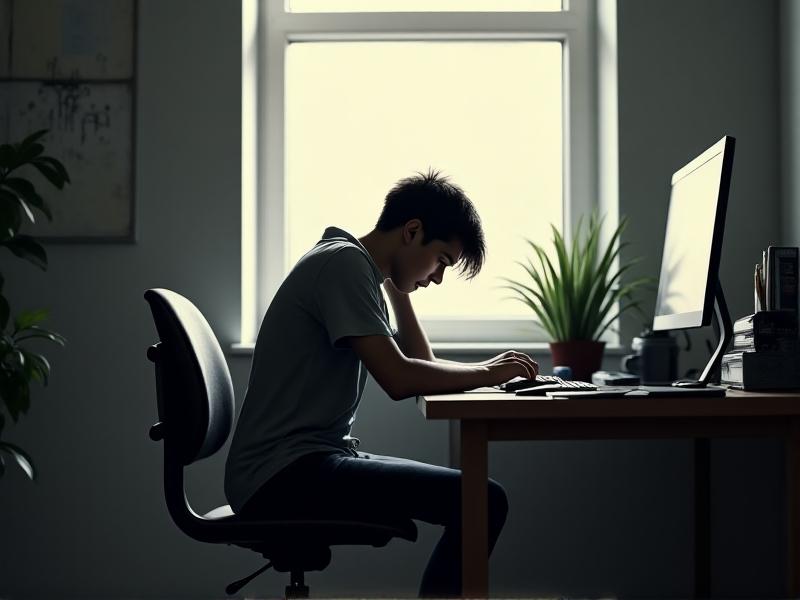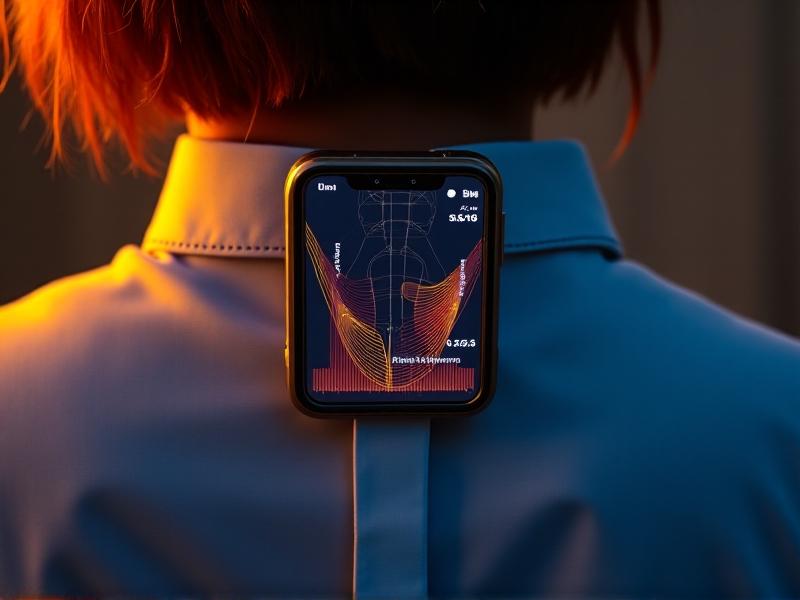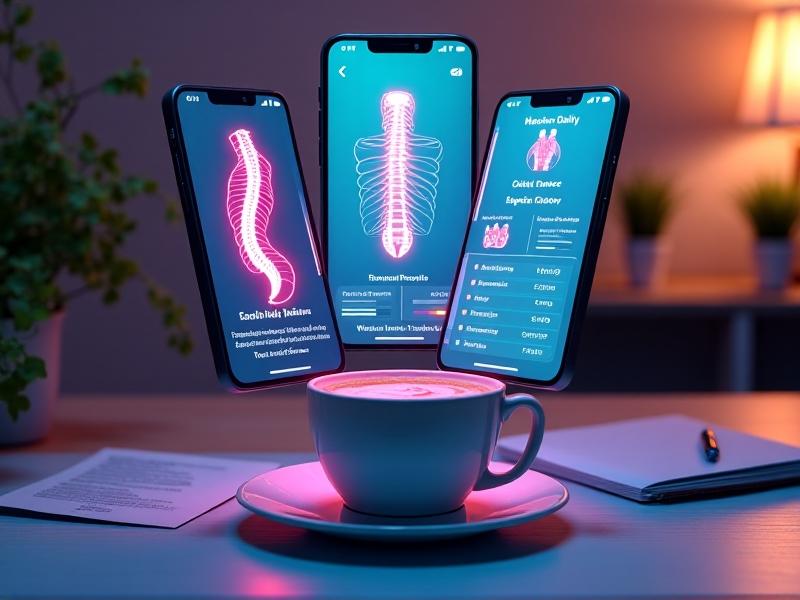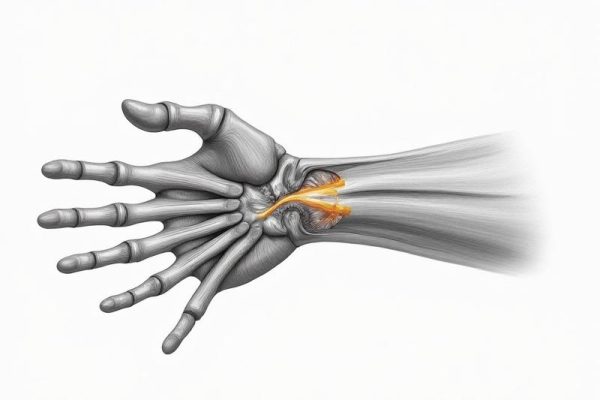```html
Why Posture Matters More Than You Think

Poor posture isn’t just about appearances—it’s a silent contributor to chronic pain, reduced productivity, and long-term health risks. Slouching at your desk or hunching over your phone strains muscles, compresses spinal discs, and disrupts circulation. Over time, this can lead to headaches, back pain, and even respiratory issues. Studies show that individuals with poor posture are 40% more likely to experience musculoskeletal disorders, and the cumulative effect of daily habits can alter spinal alignment permanently. Beyond physical health, posture affects mental well-being: slumped positions correlate with lower confidence and higher stress levels. The stakes are high, but awareness is the first step toward change.
Wearables vs. Apps: Choosing Your Posture Ally

Posture correction tools fall into two camps: wearables and apps. Wearables like Upright Go or Lumo Lift are discreet sensors that vibrate when you slouch, offering real-time feedback. They’re ideal for hands-free correction, especially for those with desk jobs. Apps like PostureZone or Align use smartphone cameras or AI to analyze your stance and provide corrective exercises. While apps are cost-effective and accessible, they require active engagement. Wearables excel in consistency but demand upfront investment. Your choice hinges on lifestyle: frequent movers might prefer apps, while routine-driven individuals benefit from wearables’ persistent nudges. Hybrid solutions, like the Apple Watch’s posture reminders, are emerging too.
Top 5 Posture Tracking Devices That Deliver Results

1.
Upright Go 2
: This lightweight sensor sticks to your upper back and pairs with an app to track slouching. Users report a 75% improvement in posture within weeks. 2.
Lumo Lift
: A magnetic wearable that gently vibrates when you hunch. Its app tracks progress and offers guided exercises. 3.
SpineControl Smart Belt
: Adjusts tension to encourage spinal alignment and syncs with a mobile dashboard. 4.
Prana Spine
: A smart shirt with embedded sensors that monitor posture and breathing patterns. 5.
FitTrack Posture Pro
: A budget-friendly clip-on device with customizable alerts. Each tool has trade-offs—battery life, comfort, or data depth—but all prioritize actionable feedback.
App Deep Dive: Free and Paid Solutions Reviewed

Free apps like
Posture Reminder
offer basic timed alerts but lack customization.
PostureZone
(iOS/Android) uses AR to scan your posture and suggest stretches—great for quick check-ins. Premium apps shine with advanced features:
Align
($9.99/month) provides personalized exercise plans based on AI analysis, while
Kaia Health
integrates physical therapy techniques for chronic pain sufferers. For workplace wellness,
DeskJob
combines posture tracking with ergonomic desk setup tips. Free tiers work for casual users, but serious posture rehab demands paid plans’ granular insights and tailored guidance.
How Posture Tech Works: Sensors, Alerts, and Data Insights
Most wearables rely on accelerometers and gyroscopes to detect tilt angles. When your spine deviates from a preset “ideal” angle, the device vibrates—a tactile reminder to adjust. Apps leverage smartphone cameras or motion sensors: AI models compare your stance to optimal alignment databases. Advanced systems, like those in
Prana Spine
, incorporate electromyography (EMG) to measure muscle activity. Data syncs to apps, offering trends over time (e.g., “You slouched 20% less this week”). The best tools contextualize data, explaining how specific habits—like cradling your phone—impact your spine. Accuracy varies, but consistent use sharpens algorithms’ personalization.
Real User Stories: From Chronic Pain to Confidence
Sarah, a freelance writer, credits Upright Go 2 for ending her decade-long back pain: “The buzz became a habit—I’d straighten up without thinking.” Mark, a truck driver, uses SpineControl to combat seated slouching: “My sciatica flares up less now.” Yoga instructor Lena combines Align’s app with her practice: “It’s like having a posture coach in my pocket.” Not all stories are perfect—some users find wearables irritating or apps forgettable. But those who commit often see life-changing results, from reduced pain to heightened energy and self-assurance.
The Future of Posture Tracking: AI, VR, and Beyond
Tomorrow’s posture tech will blend AI with immersive tools. Startups are testing VR systems that gamify posture correction—think beating a high score by holding a perfect plank pose. AI coaches, trained on millions of posture datasets, could predict slumps before they happen. Researchers are also exploring smart furniture: chairs that adjust lumbar support automatically or desks that rise to prompt movement. As biometric sensors shrink, expect discreet earbuds or rings to monitor posture alongside heart rate. The goal? Seamless integration into daily life, making good posture as effortless as breathing.




